Greater recognition is needed that most patients stand to benefit
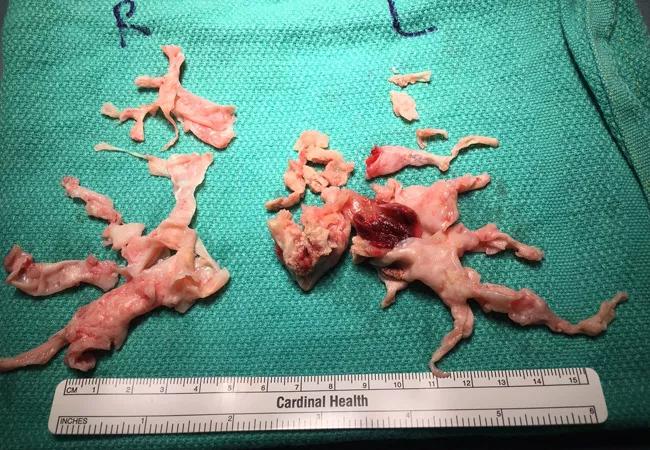
Despite increasing awareness of chronic thromboembolic pulmonary hypertension (CTEPH), a large share of patients are still believed to be undiagnosed, and some who are diagnosed may not be referred for potentially curative surgery due to mistaken beliefs about patient eligibility.
Advertisement
Cleveland Clinic is a non-profit academic medical center. Advertising on our site helps support our mission. We do not endorse non-Cleveland Clinic products or services. Policy
The potentially deadly condition, which develops from unresorbed pulmonary emboli, is estimated to occur in about 3% of people who survive a pulmonary embolism (PE), but as many as half of patients present without that history.
Clinicians should be on the lookout for CTEPH in patients with a prior PE who exhibit shortness of breath — and in any patient with unexplained shortness of breath or pulmonary hypertension, even in the absence of prior PE, according to Gustavo Heresi, MD, MS, of Cleveland Clinic’s Department of Pulmonary Medicine. “We have seen referrals for CTEPH grow over the last two or three years,” he says. “But there are still many patients out there not getting the attention they need.”
The potentially curative surgery for CTEPH is pulmonary thromboendarterectomy, which involves removal of clot and scar tissue lining the pulmonary arteries while the patient is under deep hypothermic arrest on a heart-lung machine. Cleveland Clinic is one of a handful of high-volume U.S. centers with the multidisciplinary expertise to conduct the delicate and difficult procedure, performing about 40 of the 350 to 400 cases done in the country each year.
“CTEPH is still a very underrecognized disease and patients have a high mortality if left untreated,” says Michael Tong, MD, MBA, one of the Cleveland Clinic cardiothoracic surgeons who performs pulmonary thromboendarterectomy. “But we can take someone with an otherwise limited life expectancy and completely cure them.”
Moreover, contrary to some clinicians’ assumptions, there are few CTEPH patients who couldn’t potentially benefit from pulmonary thromboendarterectomy, including the elderly and those with high body mass index or with extremely high pulmonary pressures and severe right heart failure. Even some patients who have had previous open-heart surgery may be good surgical candidates. The following case study of a patient with extremely severe CTEPH illustrates the procedure’s promise.
Advertisement
The patient was a 50-year-old obese male truck driver who had been treated for blood clots in his mid-30s. In May 2018, he was diagnosed with venous thrombosis and PE. He developed shortness of breath that worsened over several months.
When he presented to Cleveland Clinic in February 2019, he could no longer drive or climb stairs and could barely walk from the waiting room to the exam room. He had been coughing up blood, an unusual manifestation of the collateral circulation that typically occurs in CTEPH.
Assessment with ventilation/perfusion (VQ) scan demonstrated the mismatch between airflow and blood flow that characterizes both PE and CTEPH. Chest CT showed classic chronic thromboembolic lesions in the pulmonary arteries. Echocardiography showed severe right ventricular dilation and dysfunction, suggesting severe pulmonary hypertension. This was confirmed by subsequent right heart catheterization, which revealed the following:
“He was in very bad shape,” says Dr. Tong. “Without prompt treatment, his life expectancy would have been a couple of years at most.”
“Some physicians think that when the pulmonary artery pressure is as high as in this patient, surgery is too risky, so they don’t send patients for evaluation, particularly when right heart failure has also developed,” says Dr. Heresi, who serves as medical director of Cleveland Clinic’s Pulmonary Thromboendarterectomy Program. “In fact, there is no limit beyond which surgery is contraindicated in terms of pulmonary hypertension. Sometimes patients with the most severely elevated pulmonary pressures derive the greatest benefit.”
Advertisement
The patient also had polycythemia, another unusual CTEPH manifestation caused by low oxygen levels.
Several days after the patient’s presentation, a team led by Dr. Tong performed pulmonary thromboendarterectomy. Following median sternotomy, the patient was placed on a heart-lung machine and his body was cooled to 18 degrees Celsius. Once the patient is cold, the circulation is completely stopped. This circulatory arrest can last for about 20 to 30 minutes before possible brain damage results from lack of blood flow, so surgeons must work quickly to extract the clot.
Starting on the left side, Dr. Tong quickly but carefully peeled the scar tissue from the artery wall. “It’s a very delicate process,” he explains. “If you’re not in the right layer just between the artery intima and the scar tissue, you won’t achieve a complete extraction. But if you go too far into the artery, you risk tearing it.”
Certain clues can help. “Whereas old scar tissue typically has a whitish color and rough texture, the artery should have a smooth, pearly, slightly yellow appearance,” Dr. Tong notes. “That indicates you’re in the right layer. If it’s a bit purple, like muscle ridges, you’re too deep into the artery. If it’s white and bumpy, you’re not deep enough.”
The team was able to complete work on each side within the requisite 20 minutes, with the patient’s circulation restored between the two sessions. Overall, the team managed to remove all of the clot with no complications. The photo below shows the extracted specimen.
Advertisement
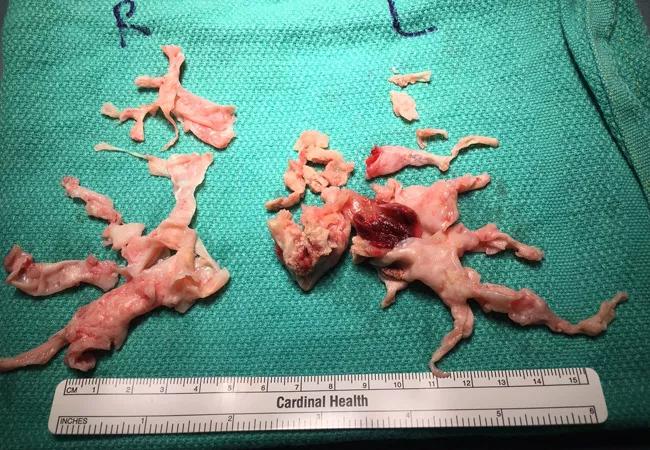
While some patients develop significant reperfusion pulmonary edema after the procedure, requiring large amounts of oxygen, this patient experienced only mild pulmonary edema.
Within the first 48 hours after surgery, his pulmonary pressure dropped to 32/17 mmHg, with a mean pressure of 24 mmHg (nearly normal), and his cardiac index rose to 2.6, which was completely normal. By the end of February, the patient had improved dramatically. “He was able to carry a laundry basket up and down stairs, which he had been unable to do before, and he had no more symptoms of shortness of breath,” says Dr. Heresi.
The patient will need to take blood thinners for the rest of his life, and he has been counseled about his lifestyle. If he continues to work as a truck driver, he has been instructed to take frequent breaks, wear compression stockings, eat a healthful diet and try losing weight. “He is certainly capable of working again,” notes Dr. Tong.
Dr. Tong advises a high index of suspicion for CTEPH in patients with prior PE or unexplained shortness of breath. If evaluation with a VQ scan shows a high probability of CTEPH, referral to one of the nation’s few high-volume centers for pulmonary thromboendarterectomy is recommended.
While the operation historically carried a 30-day mortality of about 5% to 10%, Cleveland Clinic’s mortality is approximately 2%. Centers with lower volumes tend to have higher mortality rates, Dr. Tong notes.
He attributes Cleveland Clinic’s success to its multidisciplinary approach, which includes pulmonologists, cardiologists, vascular medicine specialists and interventional radiologists in addition to cardiothoracic surgeons. “We meet weekly to discuss patients,” he says. “This is not a one-person show. Good outcomes are a reflection of the quality of the team for these cases.”
Advertisement
He notes that there are some CTEPH patients who aren’t candidates for surgery, such as those with major comorbidities or whose clot is unreachable with current instruments. For such patients, balloon angioplasty or treatment with the oral pulmonary hypertension medication riociguat may be an option.
He adds that Cleveland Clinic is nevertheless “very aggressive” in offering surgery to patients who don’t have clear contraindications. “We’ll offer this operation even to patients in their 80s,” Dr. Tong says. “Treating these patients who have CTEPH makes such a profound difference. They can essentially go back to a normal life.”
Advertisement

Cleveland Clinic-pioneered repair technique restores a 61-year-old to energetic activity
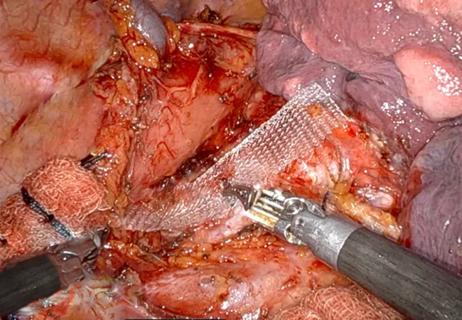
Excessive dynamic airway collapse presenting as dyspnea and exercise intolerance in a 67-year-old
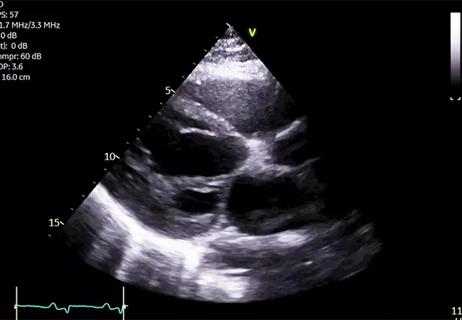
Young man saved multiple times by rapid collaborative response
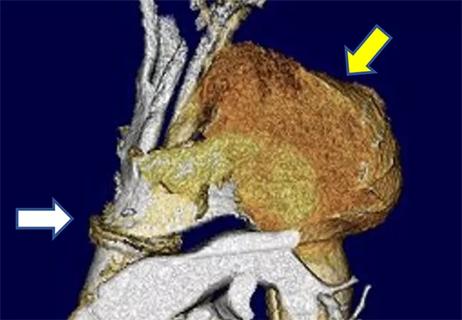
Necessity breeds innovation when patient doesn’t qualify for standard treatment or trials

After optimized medical and device therapy, is there a role for endocardial-epicardial VT ablation?
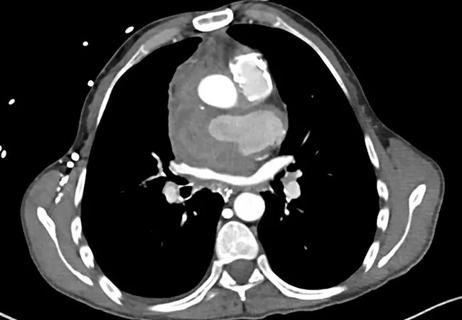
Fever and aortic root bleeding two decades post-Ross procedure
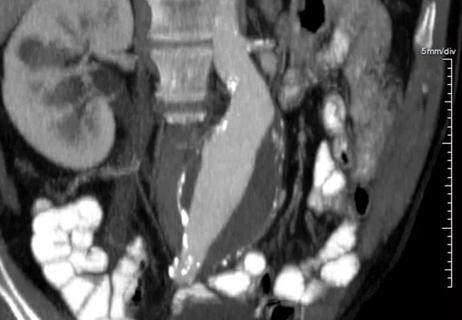
How to time the interventions, and how to manage anesthesia risks?
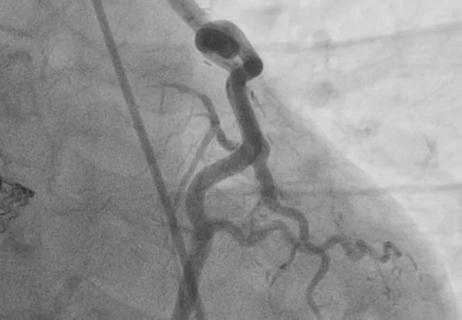
A potentially definitive repair in a young woman with multiple prior surgeries